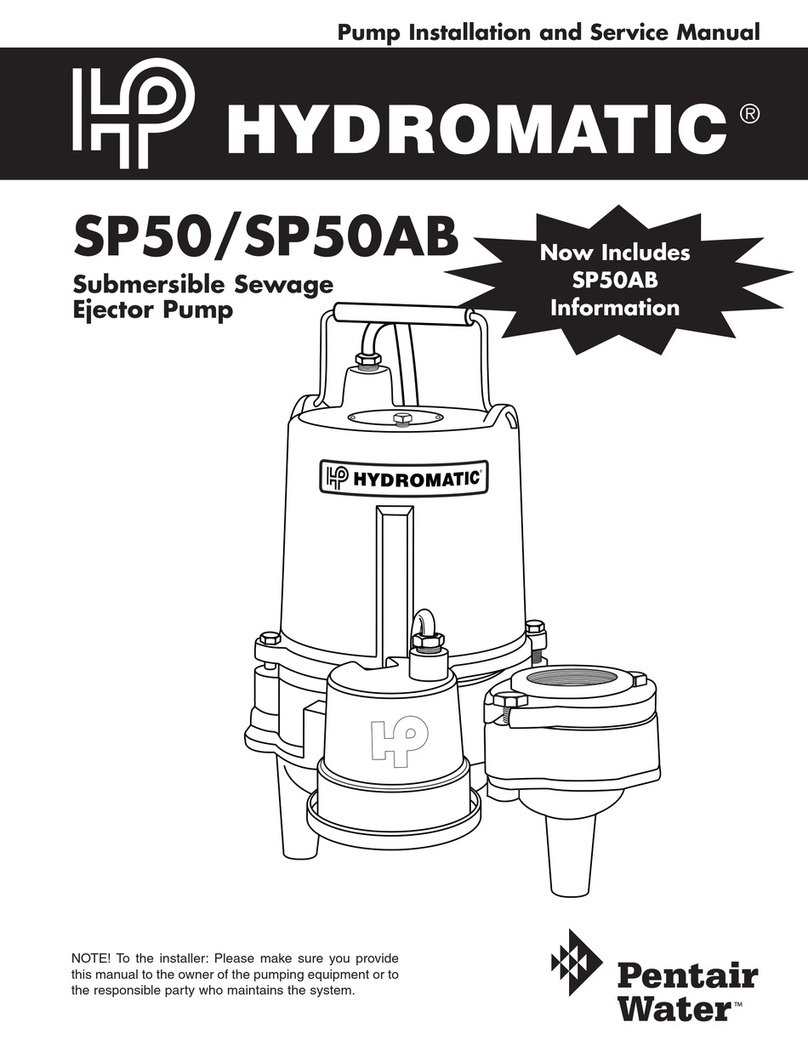Pentair Lincoln J Series User manual








This manual suits for next models
1
Table of contents
Other Pentair Water Pump manuals

Pentair
Pentair Myers DRY PIT 4VCDP Manual
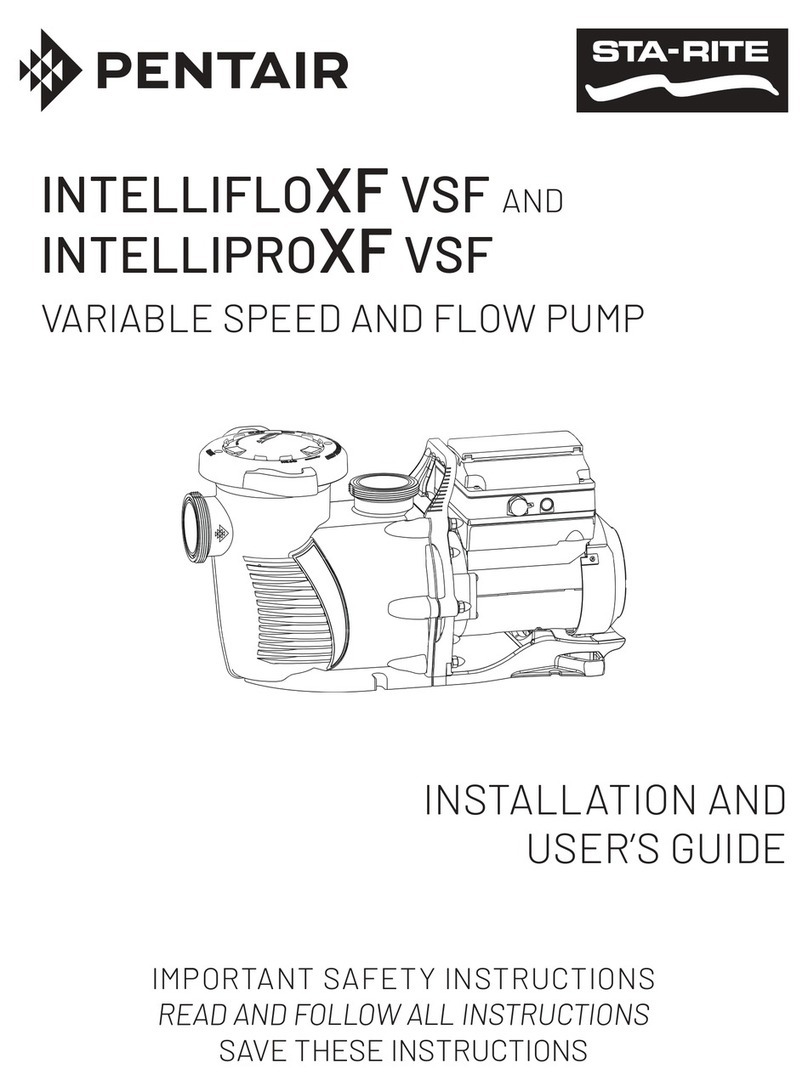
Pentair
Pentair STA-RITE INTELLIFLOXF VSF User manual

Pentair
Pentair SHURFLO AQUA KING User manual
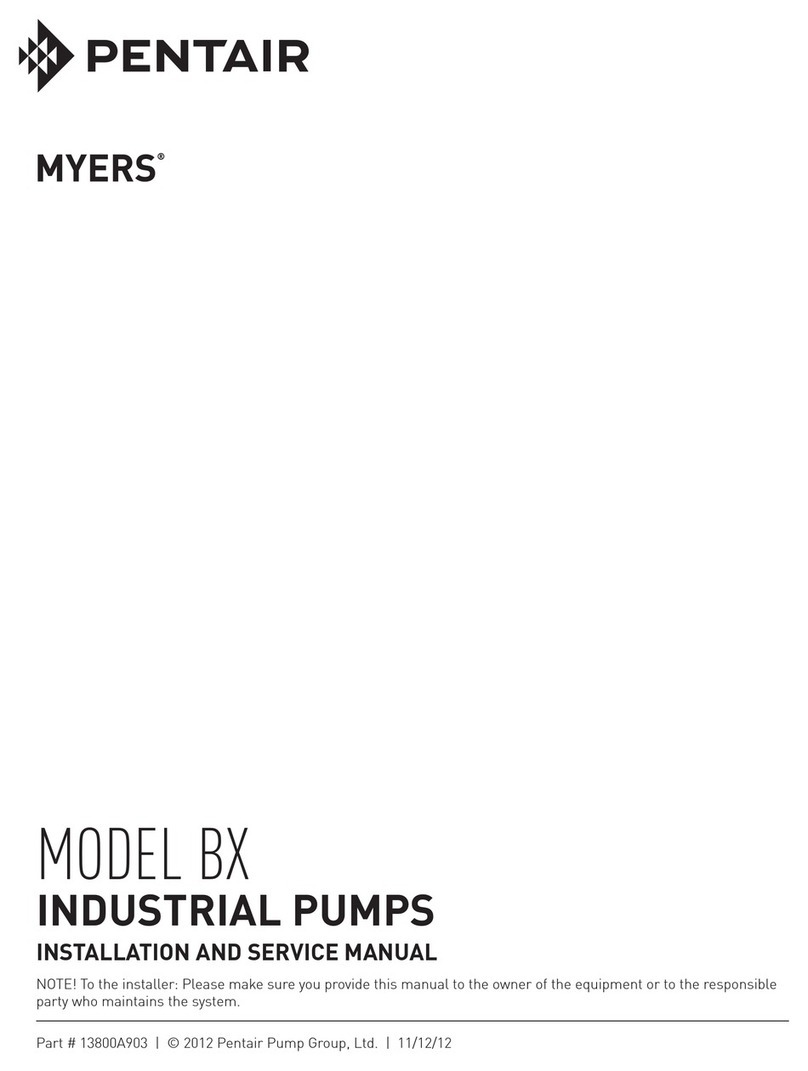
Pentair
Pentair Myers BX Series Manual

Pentair
Pentair SHURFLO PRO BLASTER II 4248 Series User manual

Pentair
Pentair Peristaltic pump User manual
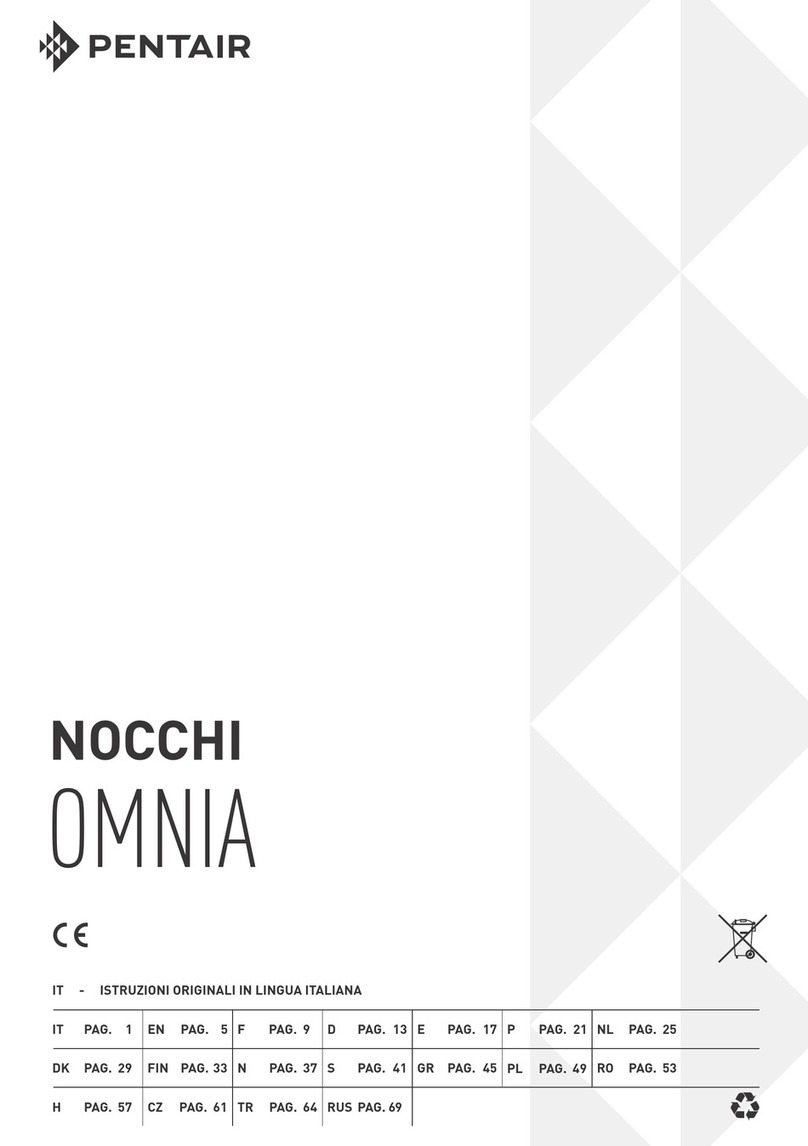
Pentair
Pentair Nocchi Omnia 80/5 User manual
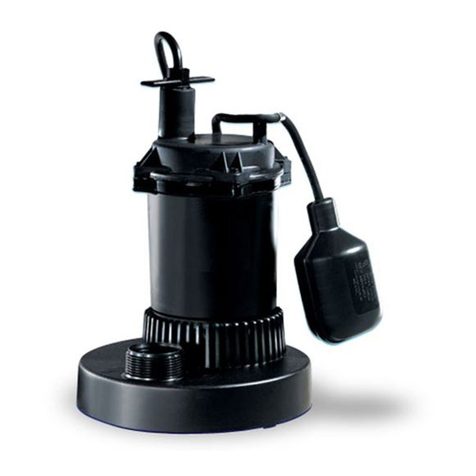
Pentair
Pentair MYERS SP33 Series Guide

Pentair
Pentair SuperFlo User manual
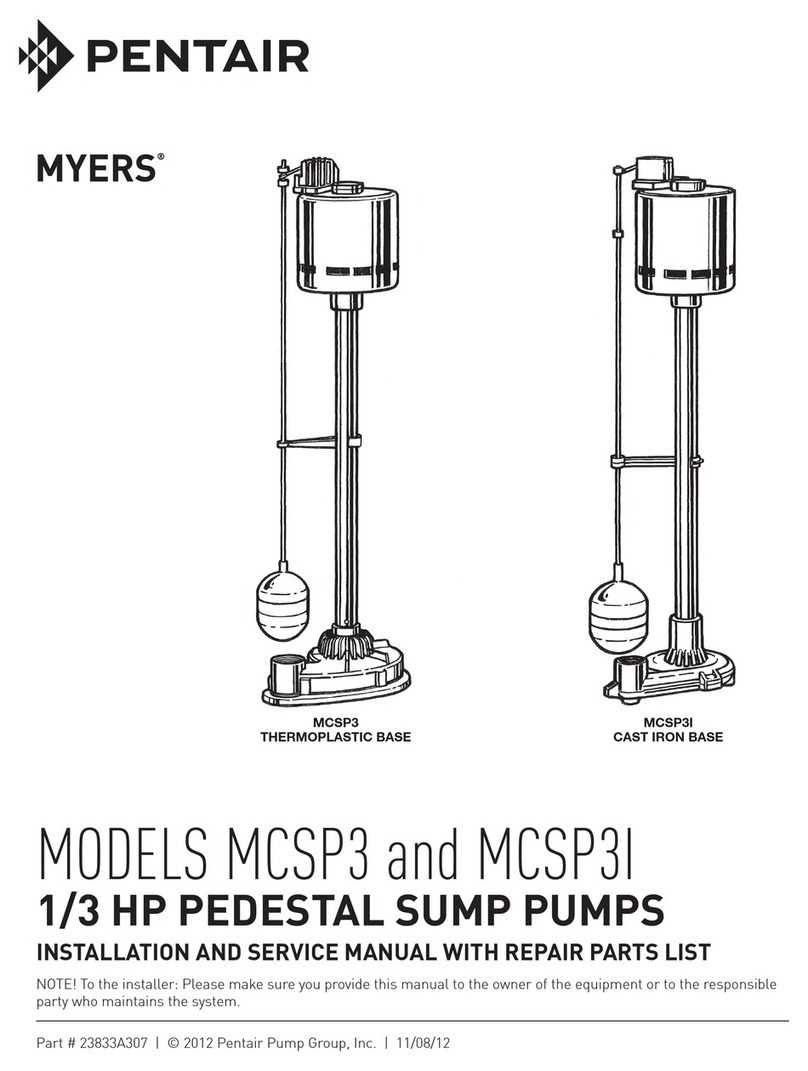
Pentair
Pentair MYERS MCSP3 Troubleshooting guide
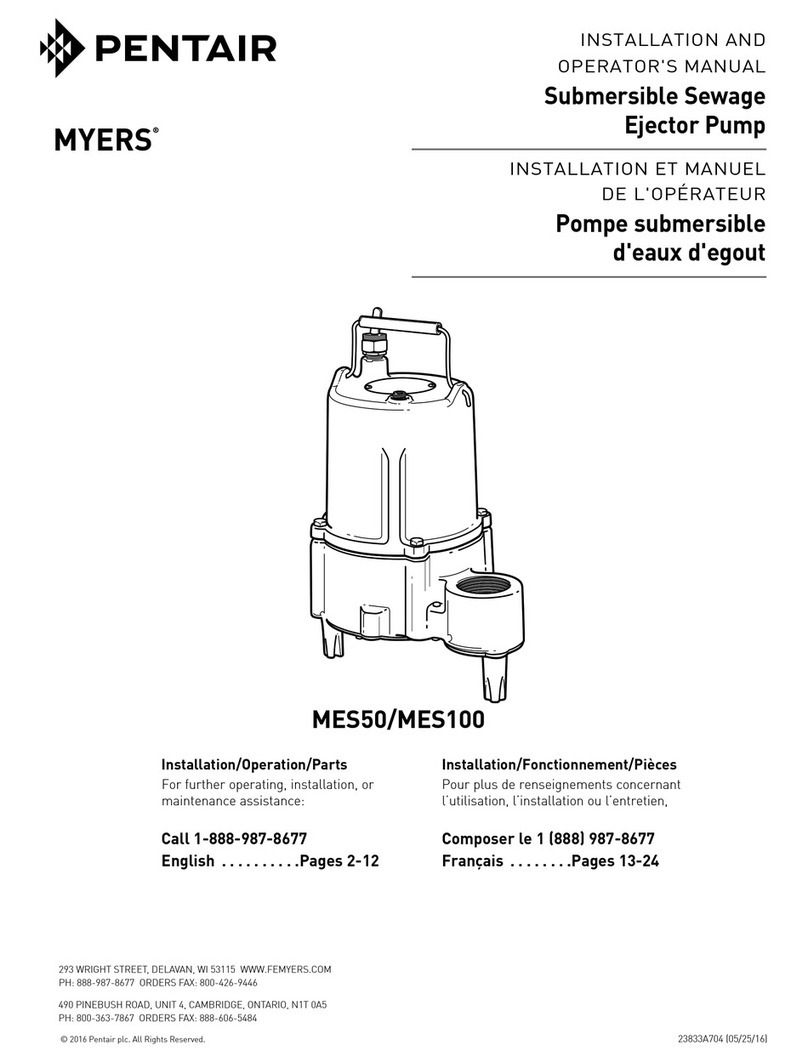
Pentair
Pentair Myers MES100 Setup guide

Pentair
Pentair NOCCHI SENSORMAT SMY21-NRM2... User manual
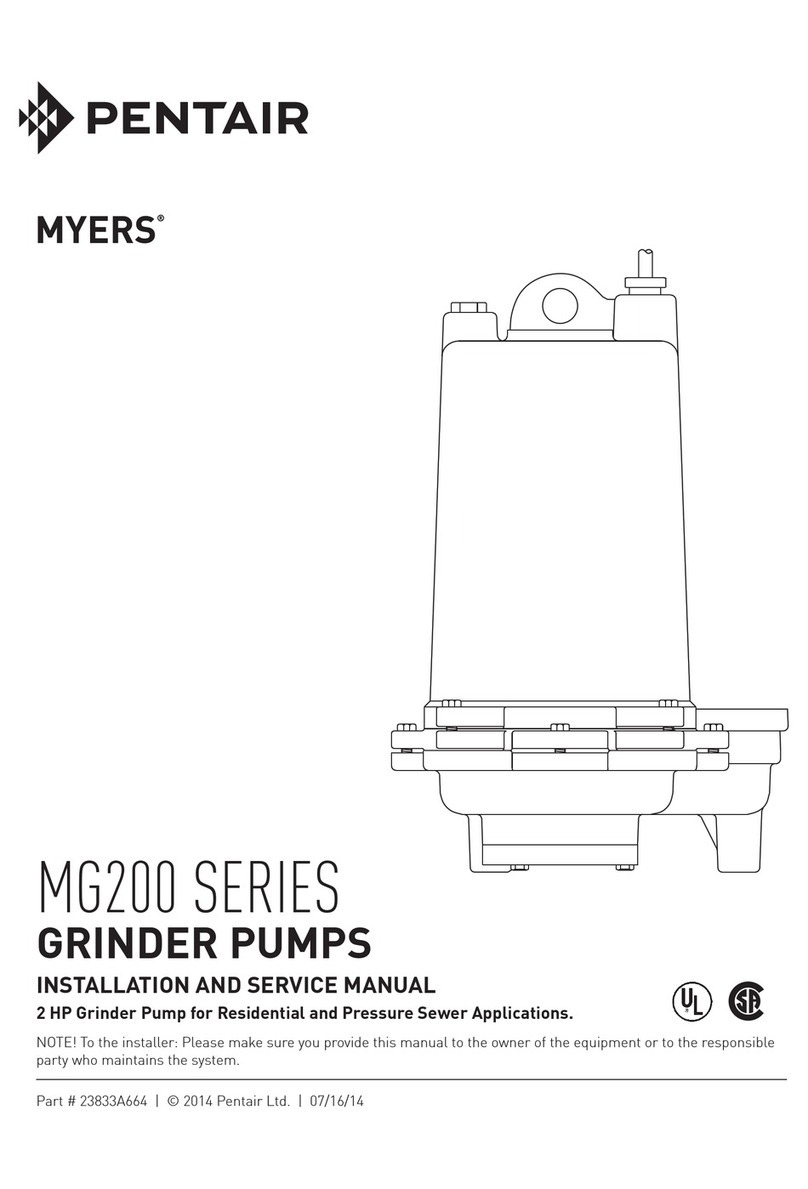
Pentair
Pentair MYERS MG200 Series Manual

Pentair
Pentair FAIRBANKS HIJHUIS 5800 Instructions for use
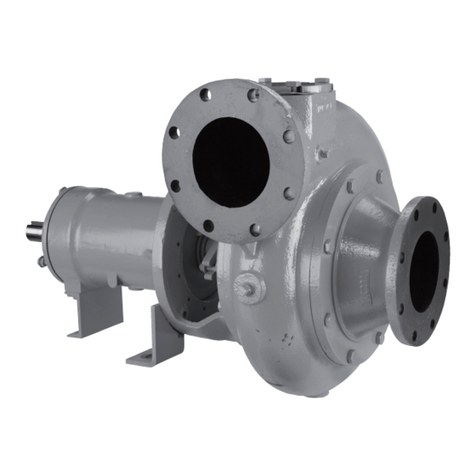
Pentair
Pentair BERKELEY 4BSD User manual

Pentair
Pentair FREEFLO User manual
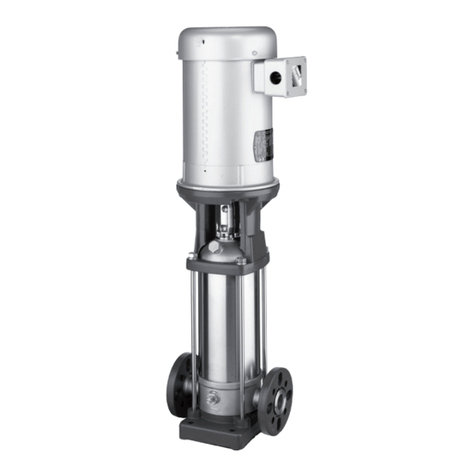
Pentair
Pentair Berkeley BVMI1 Guide

Pentair
Pentair MYERS S25 Series Manual

Pentair
Pentair JUNG PUMPEN MultiStream UAK Series User manual
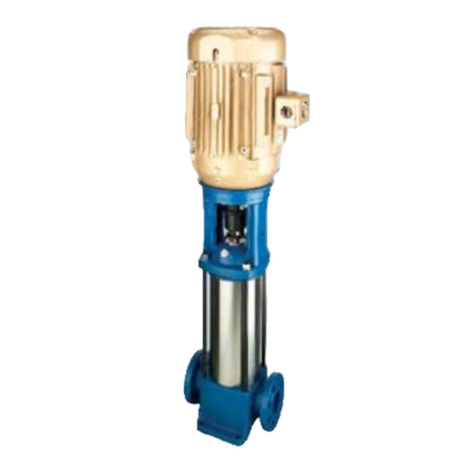
Pentair
Pentair Berkeley BVM Series Guide
Popular Water Pump manuals by other brands

Edwards
Edwards EDS 200 instruction manual

vacuubrand
vacuubrand BVC control instruction manual

Waterhouse
Waterhouse XC-SP005 user manual
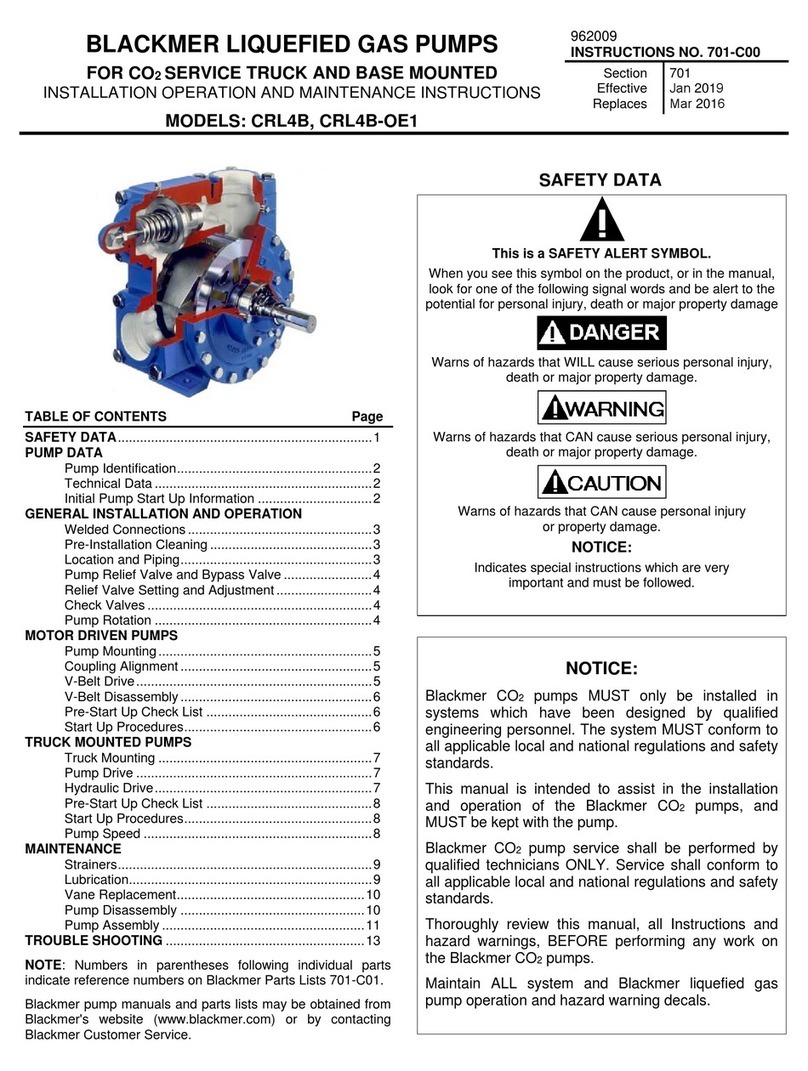
BLACKMER
BLACKMER CRL4B Installation, operation and maintenance instructions

Pacific hydrostar
Pacific hydrostar 66585 Assembly and operation instructions
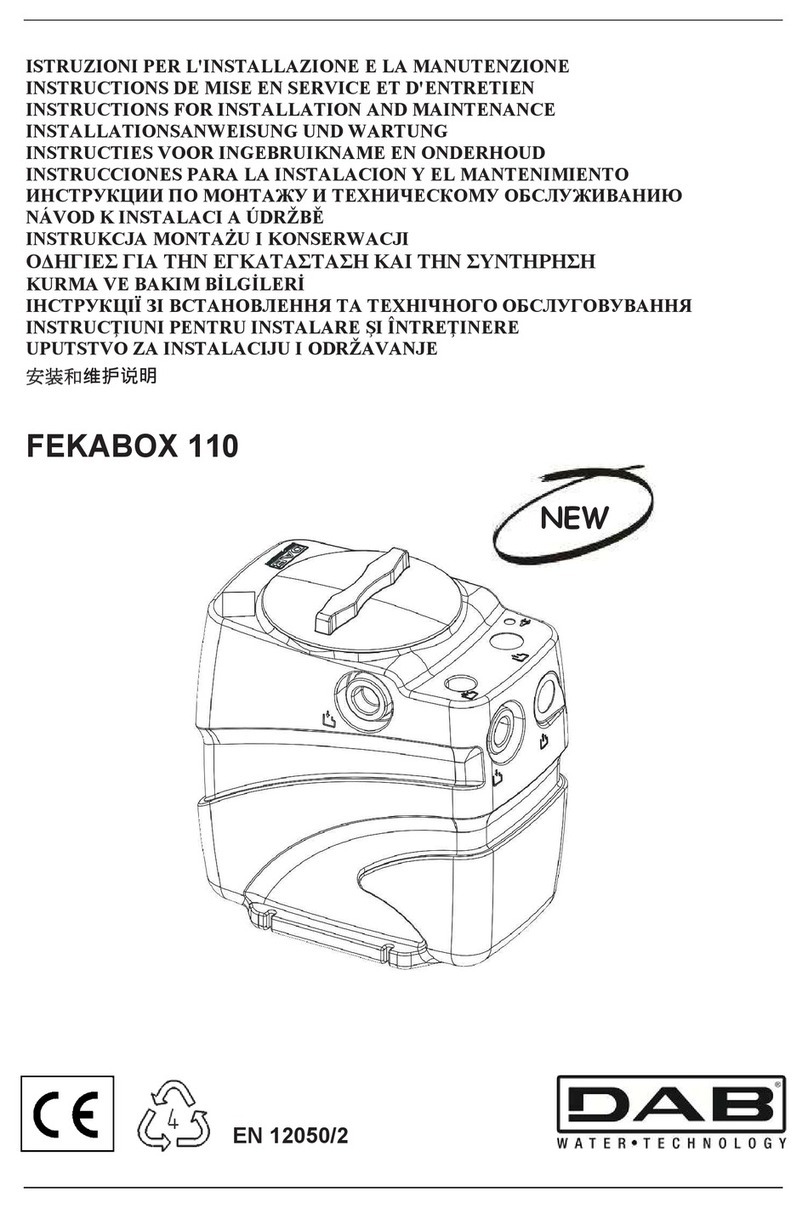
DAB
DAB FEKABOX 110 Series Instruction for installation and maintenance

DAB
DAB DRENAG 1000 Instruction for installation and maintenance

Debem
Debem DM10 Instructions for use and maintenance
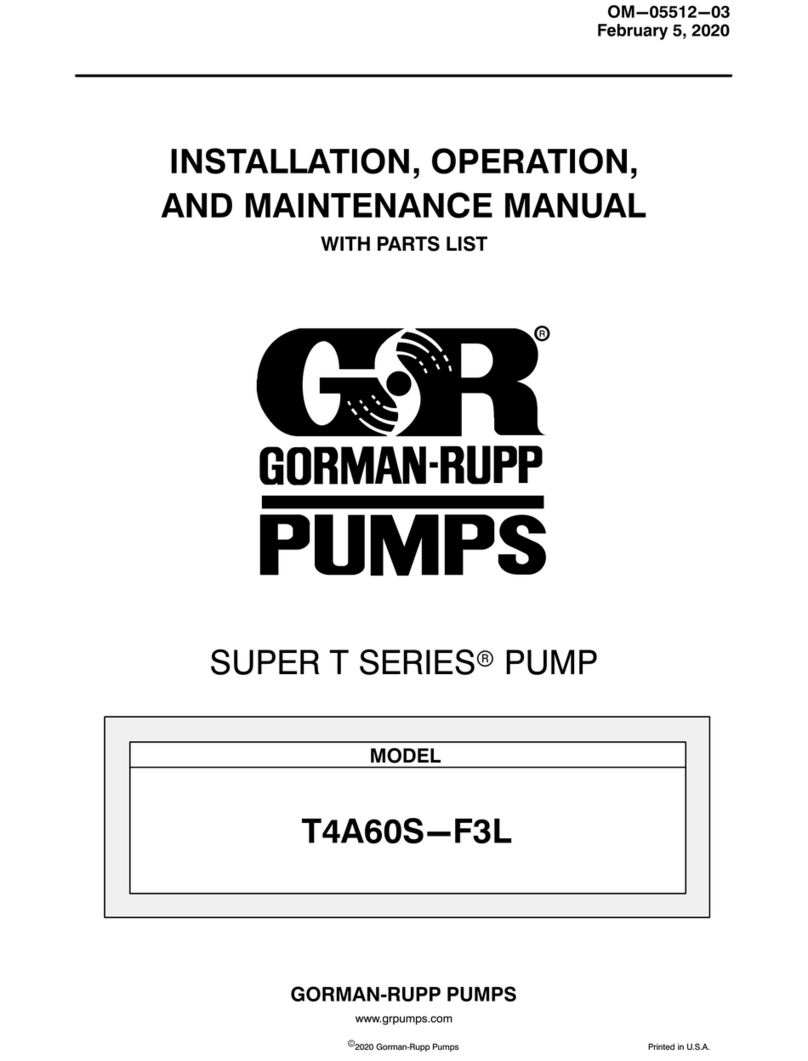
GORMAN-RUPP PUMPS
GORMAN-RUPP PUMPS T4A60S-F3L Installation, operation, and maintenance manual with parts list
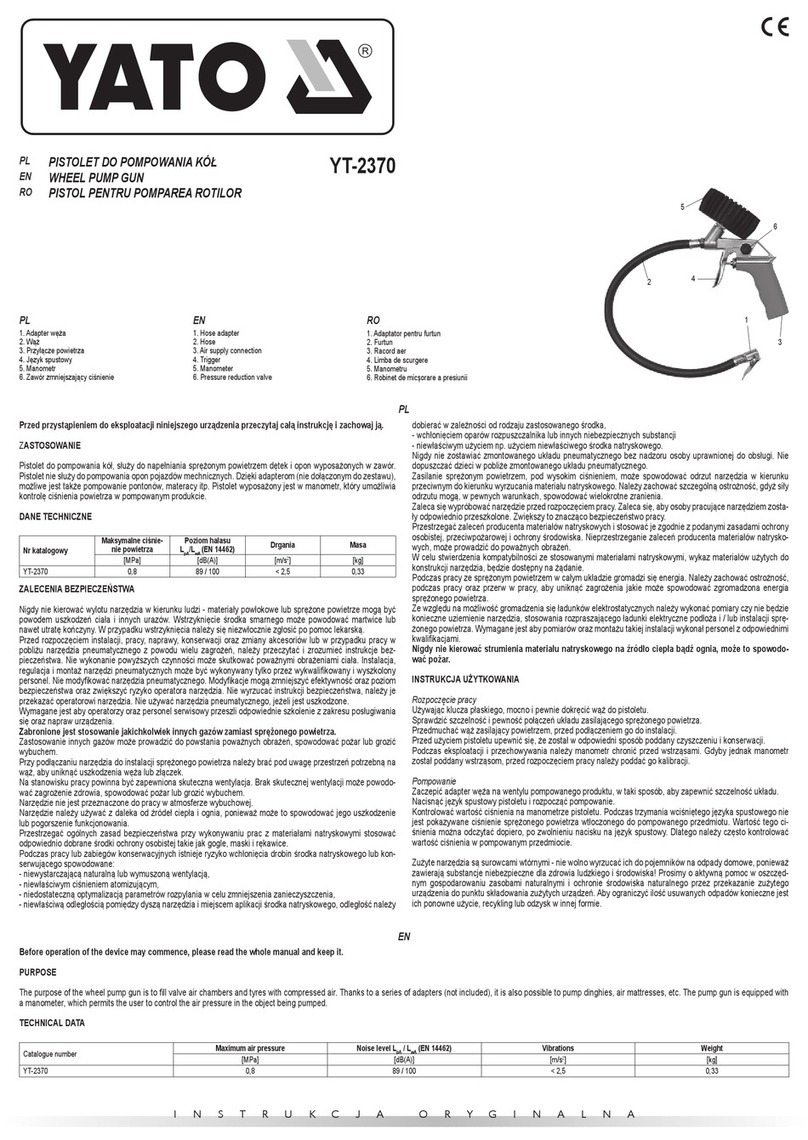
YATO
YATO YT-2370 quick start guide
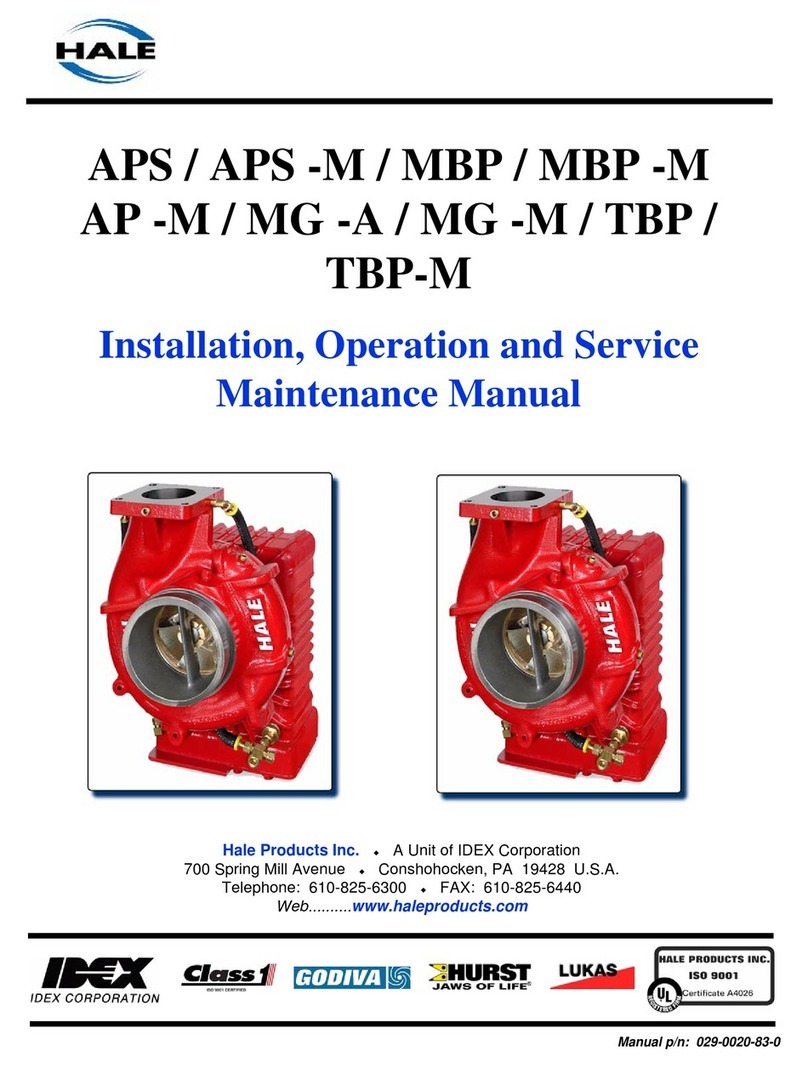
HALE
HALE Silencer APS Series Installation, Operation and Service Maintenance Manual

Gude
Gude GP 6035 Translation of the original instructions

Jesco
Jesco MAGDOS LT Operation & maintenance instructions
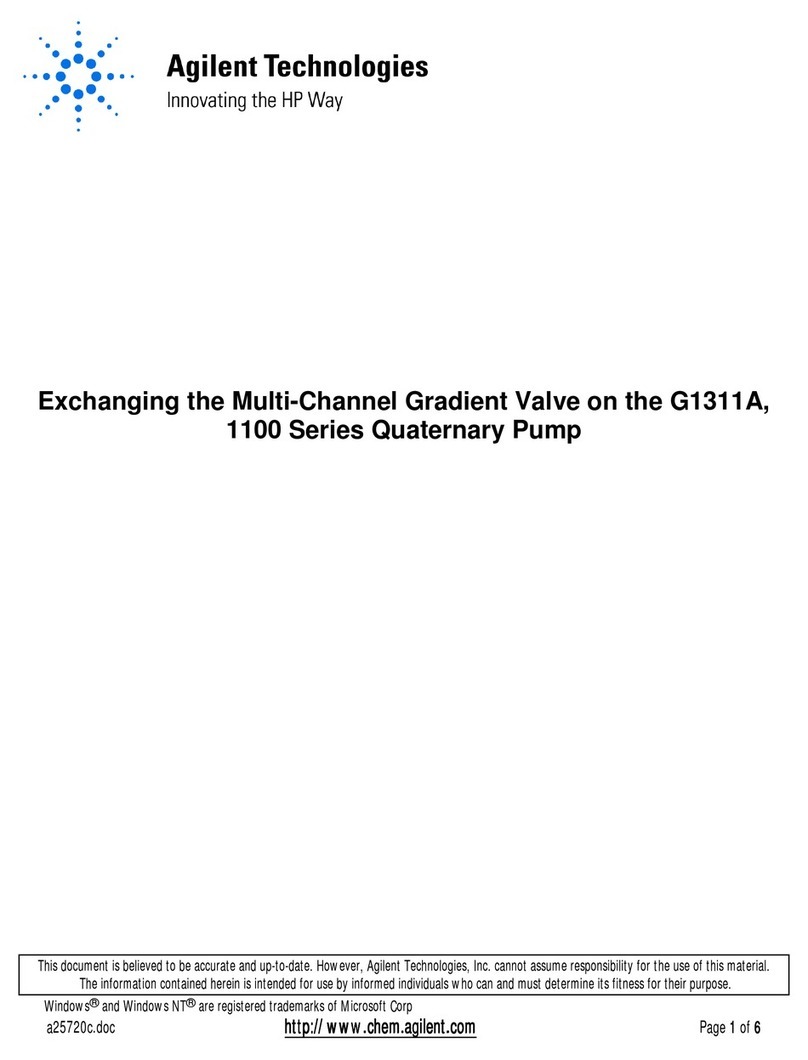
Agilent Technologies
Agilent Technologies 1100 Series manual

Thetford Marine
Thetford Marine Tecma Eco 38671 quick start guide

Lincoln
Lincoln A Series Assembly and Operating Instructions, Parts and Service
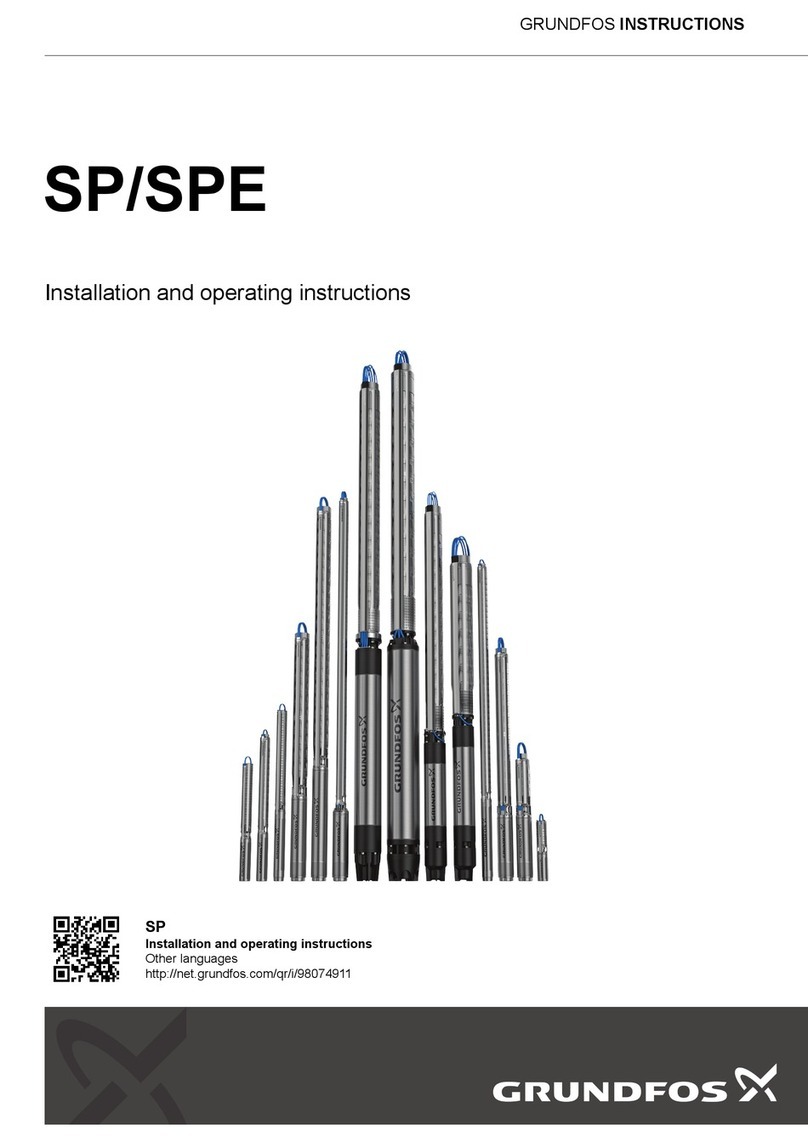
Grundfos
Grundfos SP Installation and operating instructions
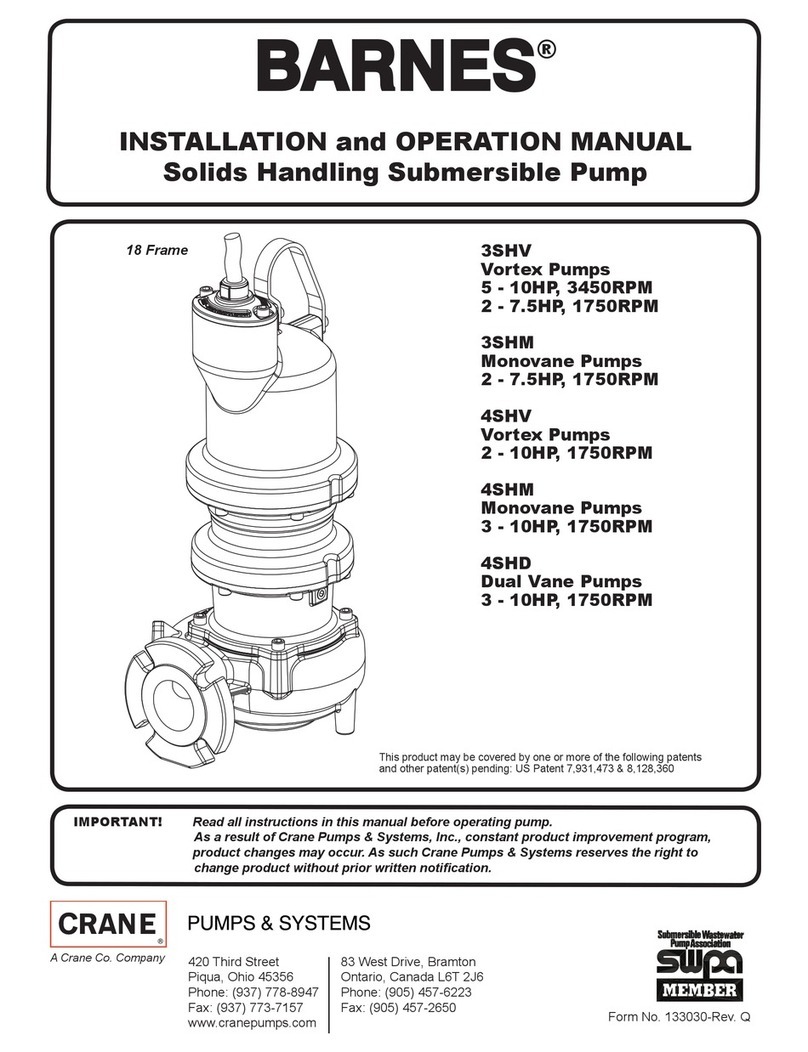
Crane
Crane 3SHV Installation and operation manual



